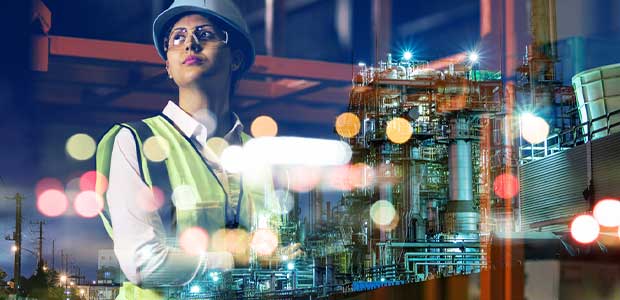
How Wearable Technology is Transforming Safety and the Industrial Workplace
There are many benefits to incorporating wearable technology in your safety programs.
For industrial companies around the globe, worker safety depends on always knowing where your workers are and what hazards they are facing, and then using that information to proactively improve safety protocols and procedures. All too often, though, companies lack the required visibility into their operations and workforce to properly mitigate risks. That’s where wearable technology, or more specifically, cloud-connected wearable technology can help.
Wearable Technology is Already All Around Us
From tracking an Uber's location on a phone to checking heart rates on wrist monitors, wearable connected technology is already commonplace in our personal lives—and it’s changing industrial safety protocols too. Environmental, health and safety (EHS) is going through an evolution in incident detection, avoidance, reporting and management through the rise of “connected safety” in the workplace.
With around 340 million occupational accidents and 160 million victims of work-related illnesses annually, according to the International Labour Organization, there’s lots of room to improve. And it is modern technology that gives real-time, data-driven insights into safety on the ground that will enable quick and informed decisions to best protect workers’ lives.
A Closer Look at Connected Safety
A connected safety solution is composed of a cloud-based software platform that connects to worker and workplace Internet of Things (IoT) safety-based devices, including wearable devices, to display data in real time.
It's basically the Industrial IoT (IIoT)—but with a safety focus. The IIoT refers to a network of interconnected devices used for designing, maintaining, monitoring, optimizing and analyzing industrial operations to gain real-time insights and make more effective decisions.
In the context of wearable technology, this means progressing from simple monitors with only personal alarms to a cloud-connected network of devices that can mix wearable gas detectors with area monitors, and even other sensor devices. Data flows into smart, cloud-based software for analysis and reporting with monitoring personnel able to communicate safety information back to devices. This results in a fully managed network of incident alerting, response and avoidance opportunities across your entire workforce and every site.
This article originally appeared in the May 2022 issue of Occupational Health & Safety.